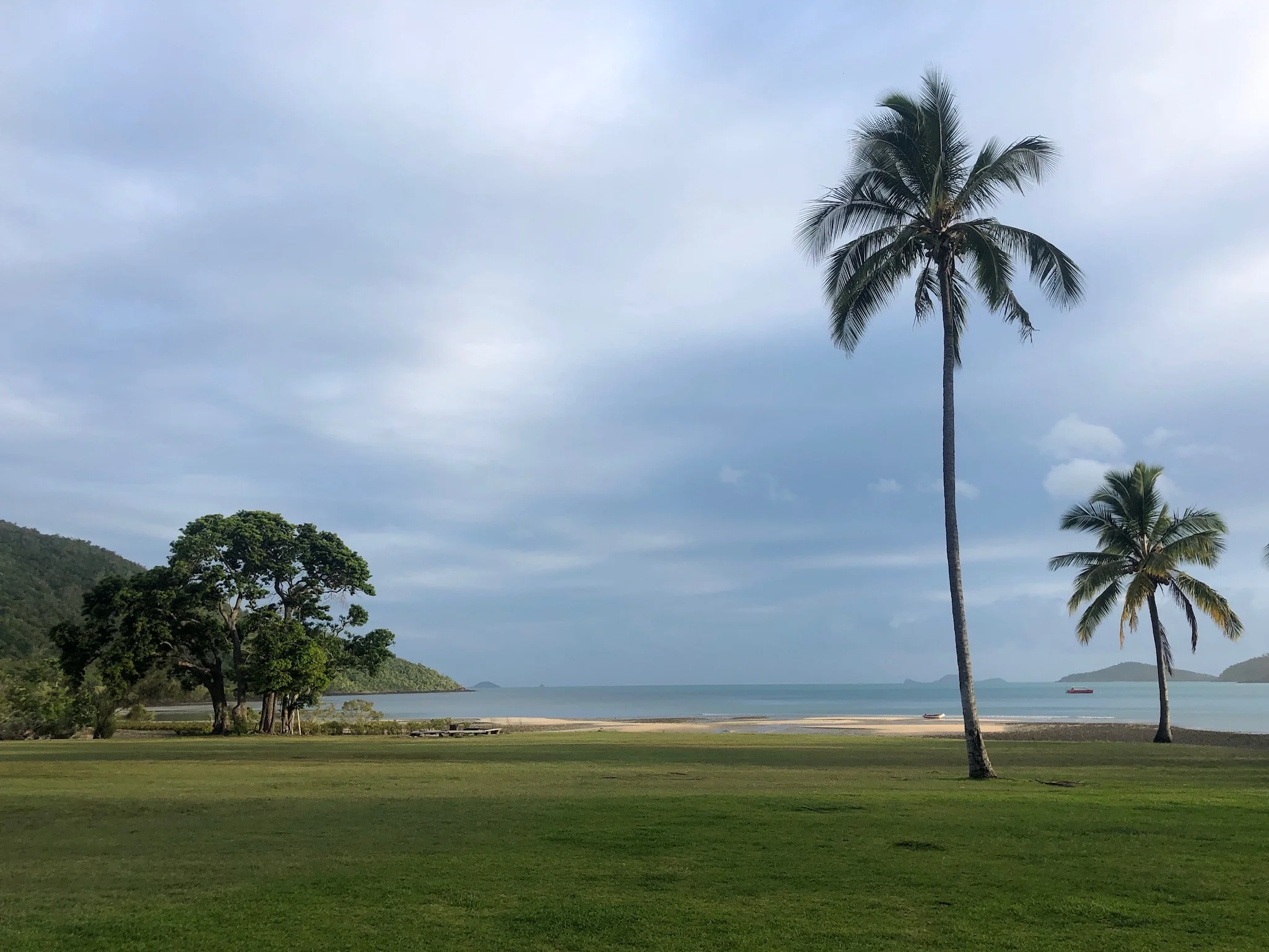Daily Mindfulness
As someone who was diagnosed with Crohn’s disease as a child, I (George) learned at an early age that my relationship with my body is something that can be developed. Despite the lows that came with the disease, it did teach me to connect to my body. It helped me stop daydreaming through life and start making decisions that would positively impact my wellbeing.
The changes I made taught me to better tune in to how my body feels—and you can do the same by following a few simple steps.
Tune In To Your Body
The first step to tuning in to how you feel is to slow down. Take things one at a time!
One way to practice this is to down-regulate when eating. What does this mean? Before your next meal, breathe in through the nose for five seconds, then breathe out through the nose for five seconds. You can do multiple rounds of this if you want. After you have eaten, do the same breathwork again.
Now ask yourself: How did the meal make you feel? How does it feel as you are digesting?
Recognising how certain foods made me feel after eating was a powerful cue telling me to adapt my diet.
Use this breathing technique as a tool to help you slow down. When we slow down, we allow our mind to catch up with our body.
Having a set mindfulness practice can help us tune in to more than just the effects of our food. Below are two other ways we can connect to our mind and body.

Slow your breathing before eating
Sensory Meditation
When spending time in nature, we can choose to be truly present.
Time in nature is not a tick-box exercise. Even though simply spending time in nature will help you feel better and more creative, approaching it mindfully may allow you to feel more connected to yourself.
To connect to myself, I practice a simple and effective sensory meditation.
I find somewhere comfortable to stand, sit or lay in nature. Then, I take a few moments to be still and just breathe. Next, I take my time paying attention to each of my senses.
You can do this, too. Just observe:
Five things you can see. When you are ready, look around and observe five things you can see. Try to really notice the things you may usually ignore.
Four things you can hear. Next, notice four things you can hear. Listen closely – what new sounds are you experiencing?
Three things you can touch. Moving on to the sense of touch, can you perceive three things you can feel? Maybe it’s your clothes or the weight of your body through the soles of your feet.
Two things you can smell. Slightly more difficult perhaps is the sense of smell. Are there two different smells which catch your attention? Try to breathe deeply through the nose.
One thing you can taste. And then lastly, note one thing you can taste.
You are now connected with your body and the place you are in. Take a moment to enjoy this feeling of relaxation.
Mindful Walking
In the past, I rushed through my daily walk—headphones in, a podcast or book playing, completely closed off to the outer and inner world. I believed that if I was not consuming media on my walk, I was wasting my time.
However, constant consumption leaves no time for creativity. After reading the book Deep Work by Cal Newport, I was inspired to practice different ways to be present with myself. This activity helped me to regain my focus and creativity.
We can all calm our busy minds with a mindful walk, preferably in nature.
To do this, leave your headphones at home, put your phone in your pocket (on airplane mode if possible), and begin your walk focusing on your body and the surrounding environment.
Stand up straight. When walking, imagine a piece of string pulling you up from the top of your head, increasing the gap between your ribs. Keep your head above your shoulders, and your shoulders above your hips. Find a stable posture and walking rhythm. Relax into it.
Breathe calmly through your nose. There is rarely a time when nasal breathing does not help us connect our body and mind. When you are walking, choose to focus on long, smooth and slow inhales through the nose and long, smooth and slow exhales through the nose. You may feel a slight “air hunger,” but this is normal. If the exertion becomes too much and you feel the urge to open your mouth, stop walking and while maintaining nasal breathing, let your breathing recover.
Go barefoot. Modern shoes with a thick rubber sole encourage the body to overstride, reducing our natural ability to be stable and strong when walking. An easy way to change our stride is to ditch the shoes. When we go barefoot, we let our body’s innate somatosensory feedback teach us how to walk again. This normally means taking smaller steps, with our heels gently stroking the ground as we step.
Down-regulating before eating, sensory meditation and mindful walking are just three of the practices that reconnected me to my mind and body.
These practices helped me slow down my busy mind—and could help you to slow down yours, too! Take this article as your inspiration to slow down today…even if just for a few minutes. Remove the distractions and become comfortable in your mind.
If you want to learn more about mindfulness, check out my book Beyond Domestication: Empowering Your Physical, Mental, Emotional & Spiritual Wellbeing Through Rewilding.










